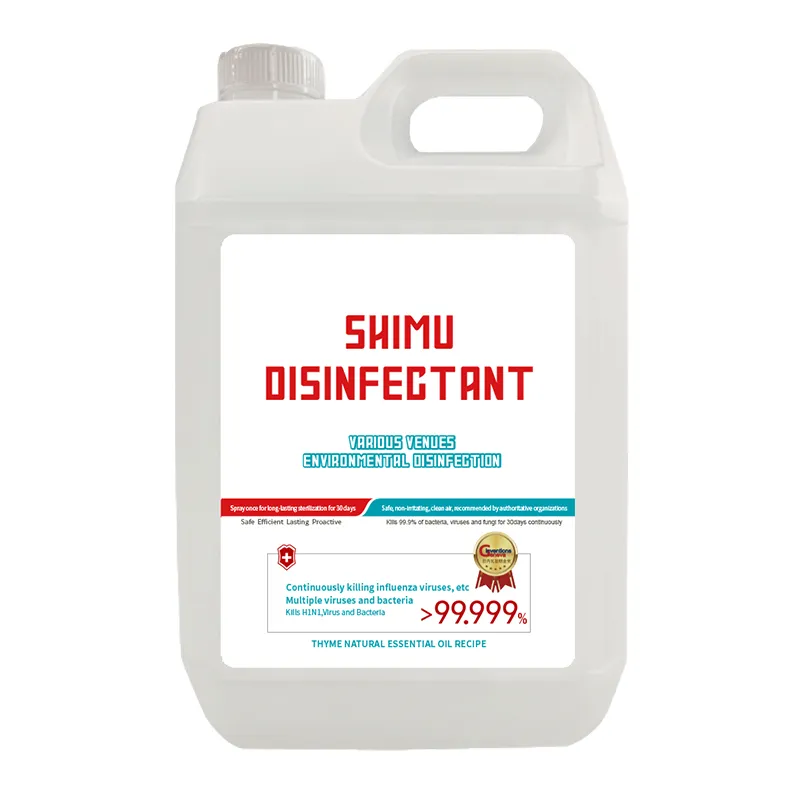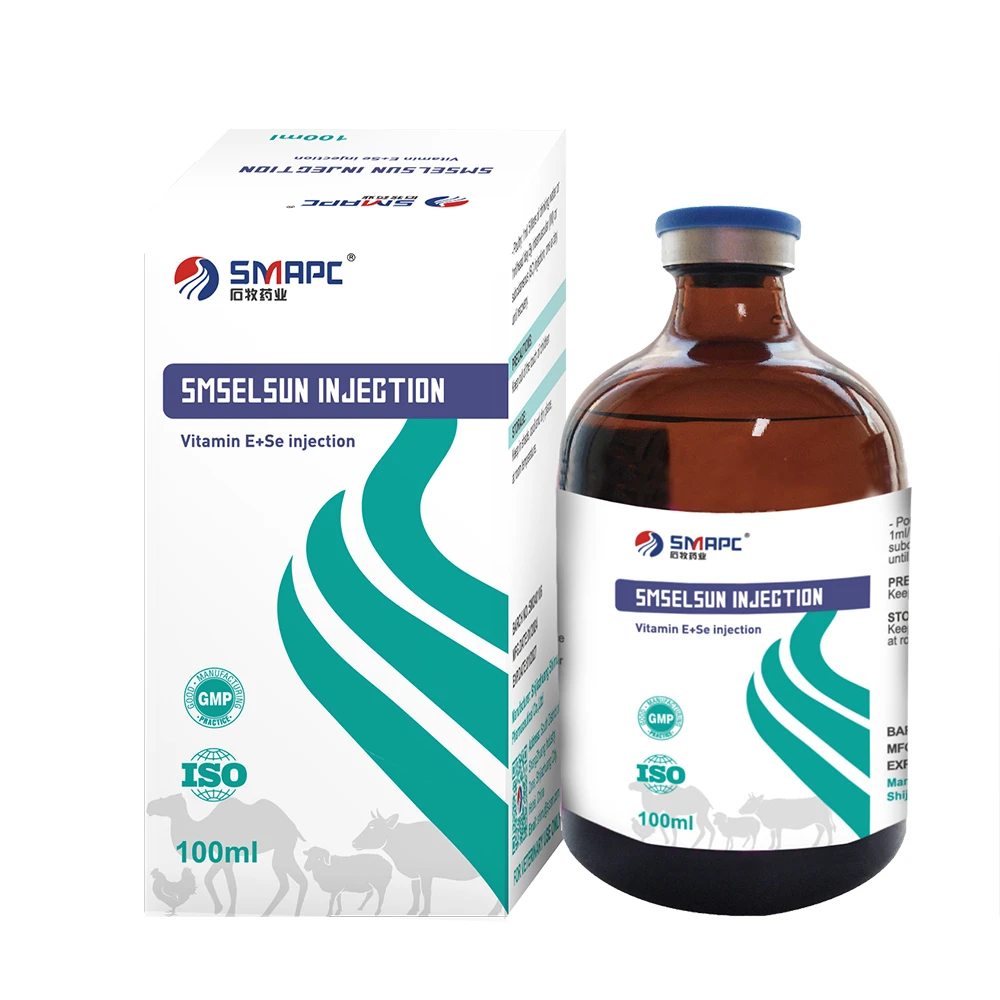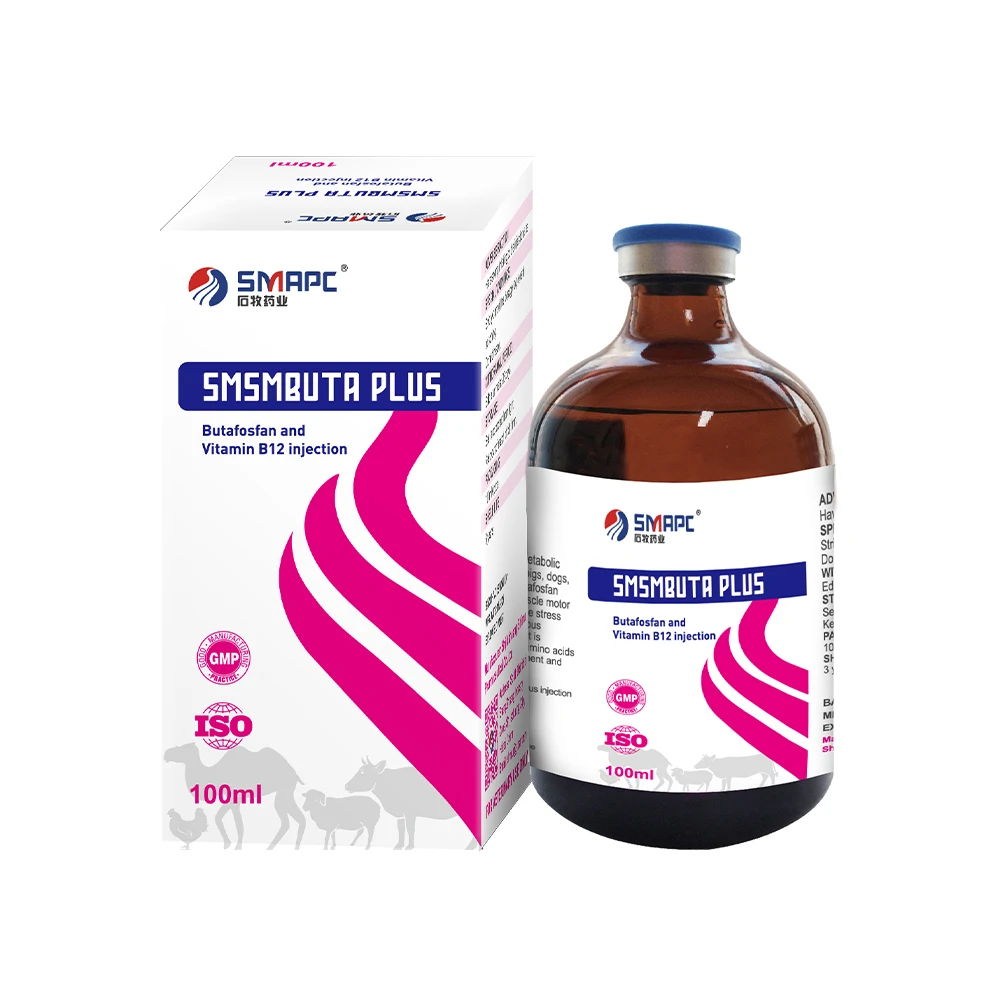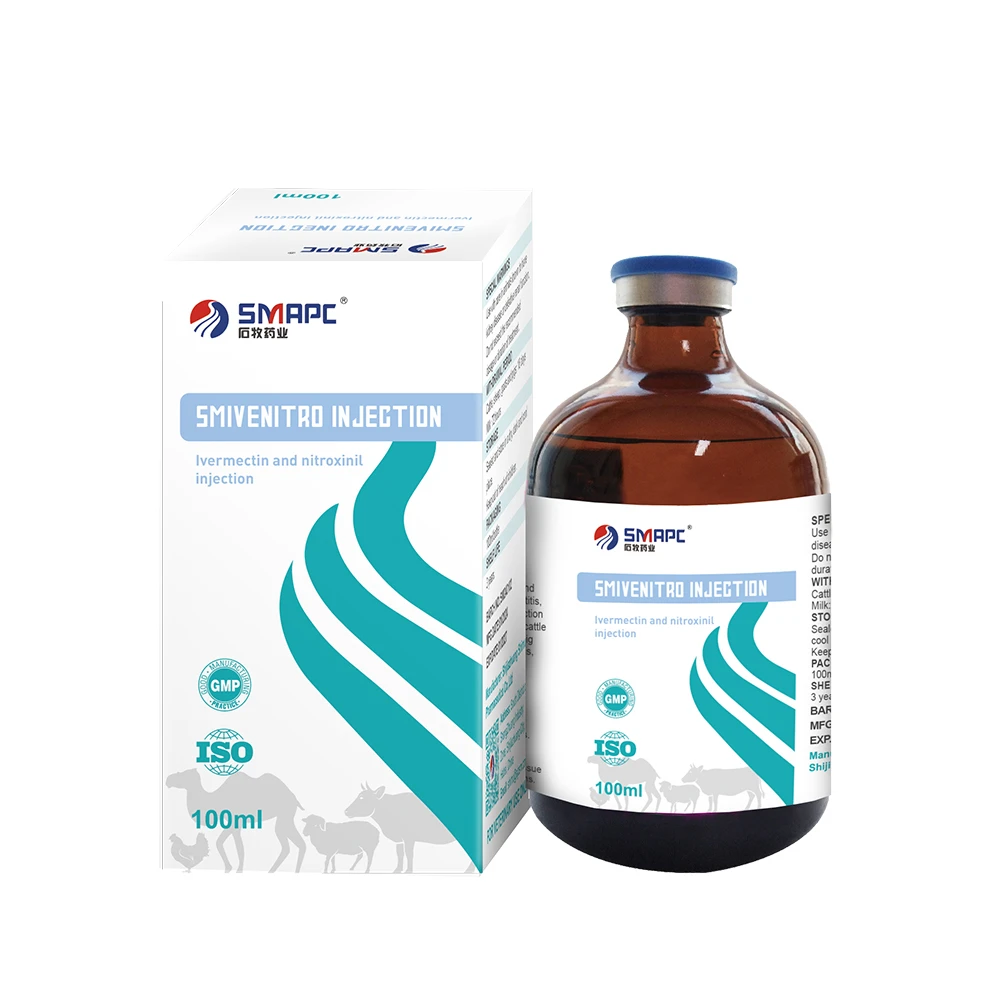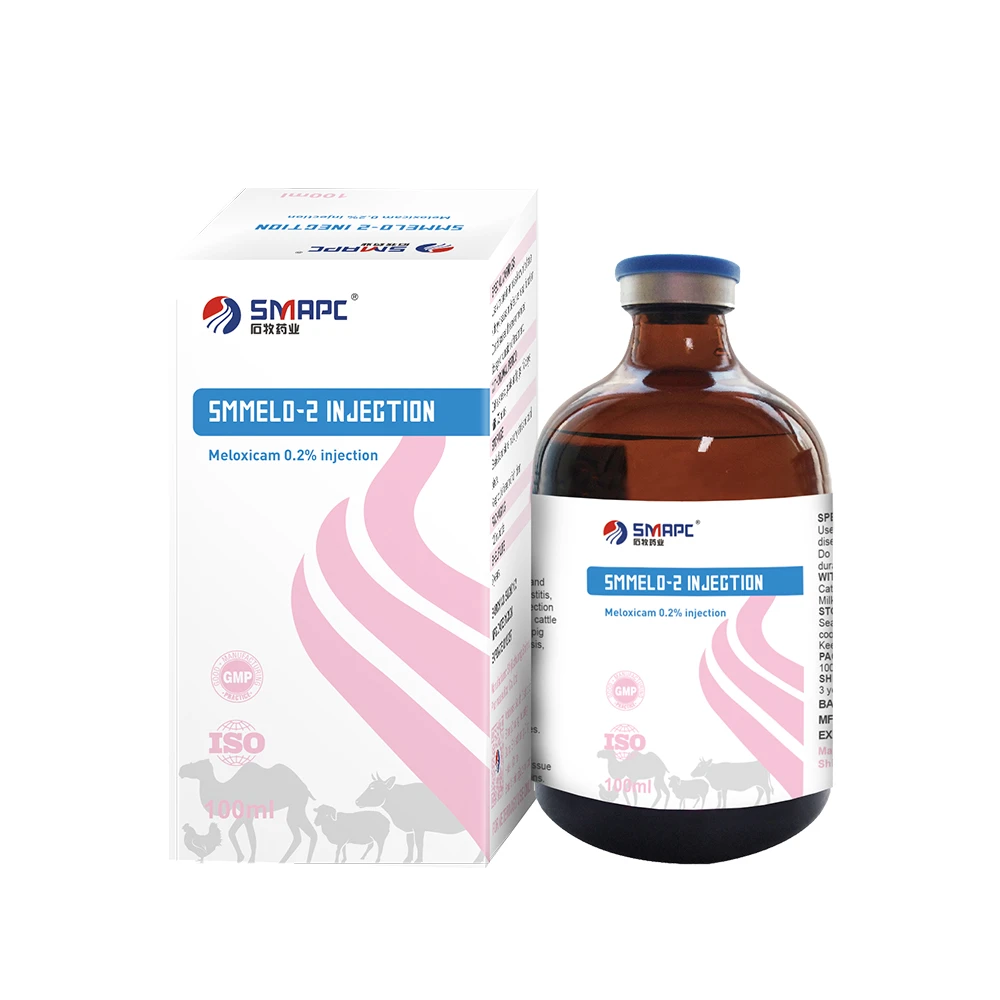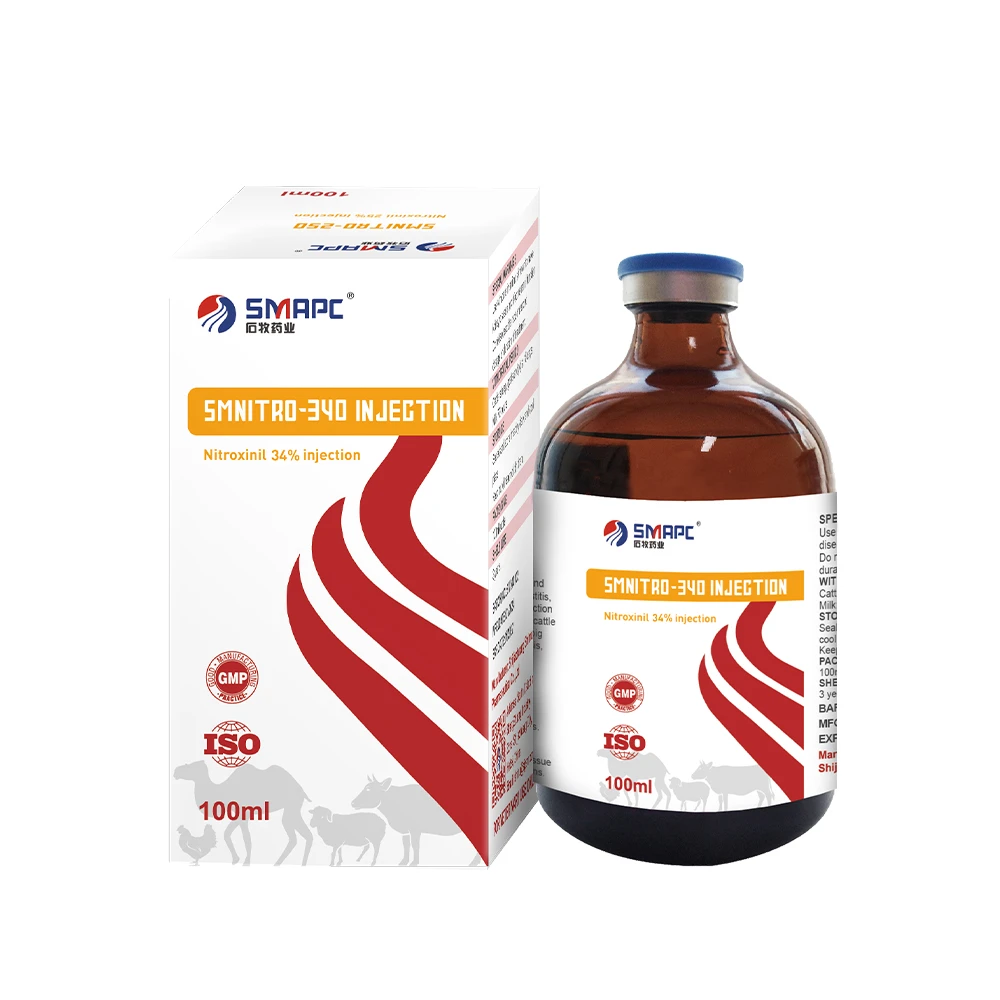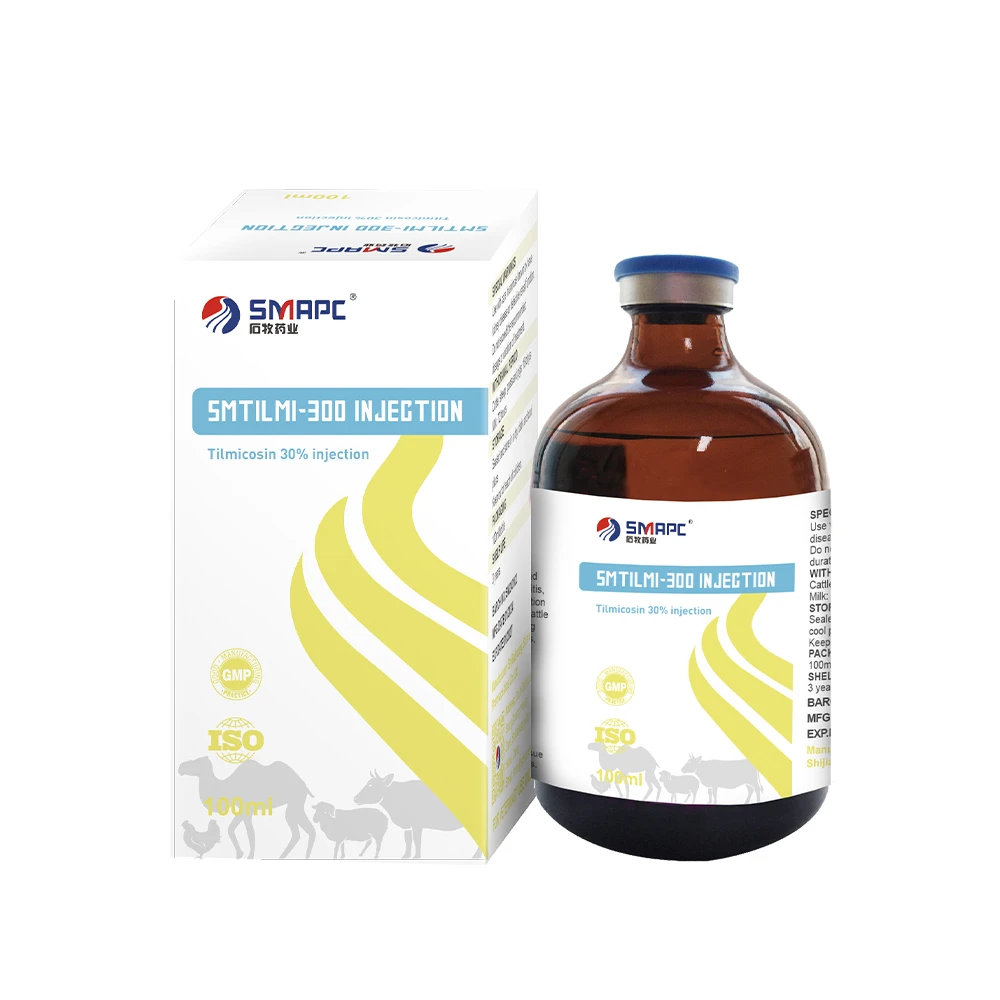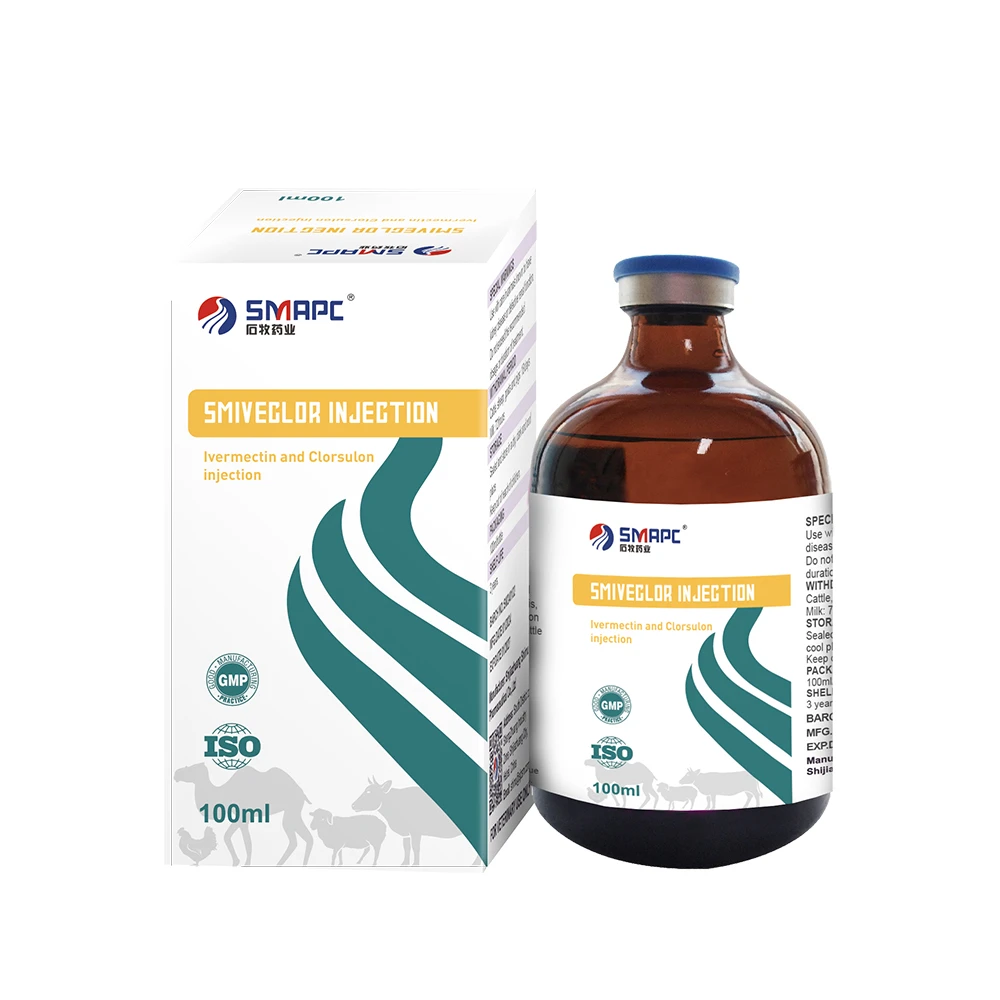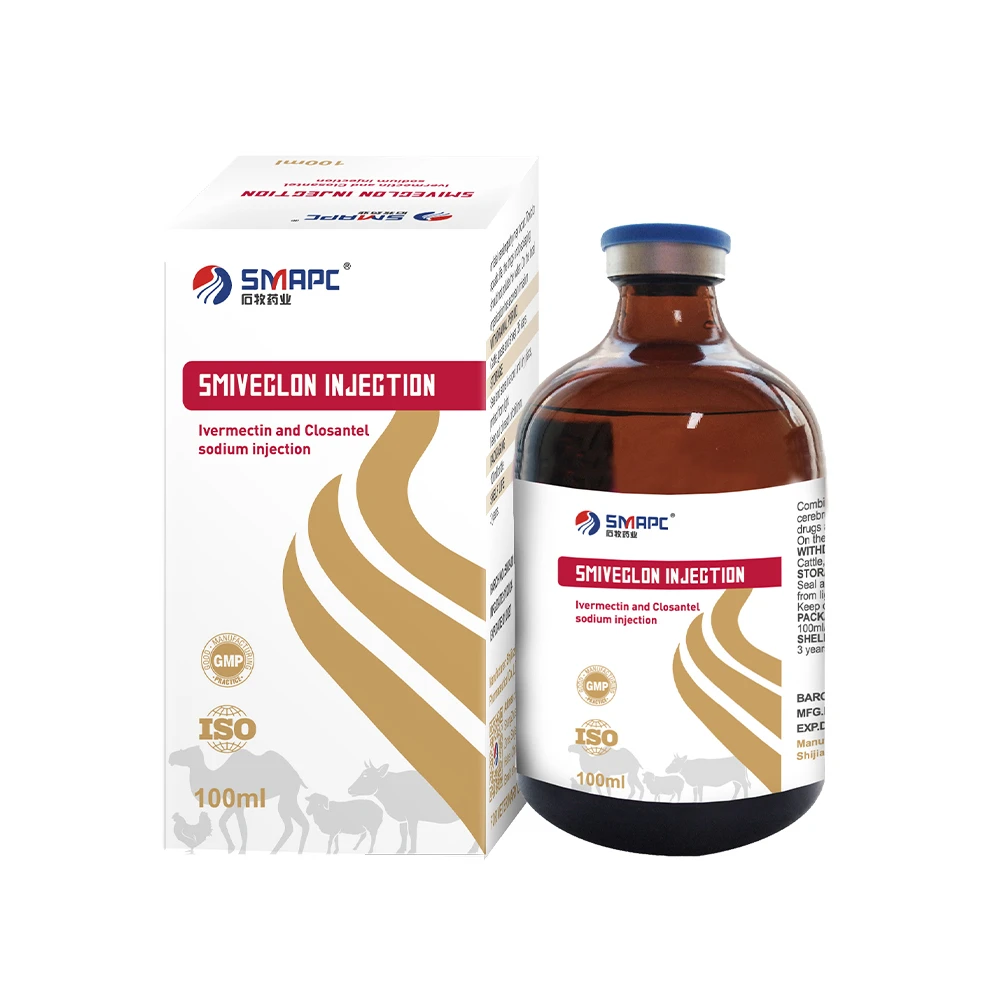أغسطس . 21, 2025 11:14 الرجوع للقائمة
Polyhexamethylene Biguanide Hydrochloride: Chemical Definition and Industrial Significance
Polyhexamethylene biguanide hydrochloride stands as a cornerstone antimicrobial polymer vital across diverse industries. This synthetic compound, belonging to the biguanide chemical class, exhibits potent and broad-spectrum activity against bacteria, fungi, and certain viruses. Its unique cationic polymer structure enables it to disrupt microbial cell membranes efficiently. Understanding its precise chemical definition, intricate molecular architecture, and robust biocidal properties is paramount for leveraging its effectiveness in large-scale applications, particularly within the wholesale disinfectant, water treatment, and material preservation sectors. The molecule's stability, low toxicity profile at effective use concentrations, and non-persistence in the environment further enhance its industrial appeal.
What is Polyhexamethylene Biguanide Hydrochloride Product?
Polyhexamethylene biguanide hydrochloride is a synthetic polymeric biguanide widely recognized as a highly effective biocide and disinfectant. Chemically, it is a hydrochloride salt form of a polymer where multiple biguanide functional groups are linked together by hexamethylene biguanide hydrochloride. This structure classifies it firmly within the antimicrobial polymers category.
- Core Function:Its primary function is microbial control. PHMB works by adsorbing onto the negatively charged surfaces of microbial cells (bacteria, fungi). This strong electrostatic interaction disrupts the cell membrane integrity, causing leakage of cellular contents and ultimately leading to cell death. This mechanism contributes significantly to its broad-spectrum efficacy.
- Key Characteristics:Polyhexamethylene biguanide hydrochloride is typically supplied as a clear, colorless to pale yellow, viscous aqueous solution or occasionally as a solid. It is known for its low volatility, good stabilityacross a range of pH values (though optimal around neutral pH), and low toxicity to mammalian cells at concentrations used for disinfection and preservation. This makes it suitable for diverse applications where human contact might occur.
- Industrial Relevance:Its effectiveness, coupled with favorable handling properties, makes PHMB a preferred wholesale chemicalfor formulating disinfectants, sanitizers, swimming pool algaecides, wound care solutions, and material preservatives. Suppliers often provide concentrated solutions tailored for large-scale industrial and commercial use.
Chemical Structure and Properties of Polyhexamethylene Biguanide Hydrochloride
The defining feature of PHMB is its repeating polymeric unit, fundamentally built upon the hexamethylene biguanide hydrochloride motif. The polymer chain consists of alternating hexamethylene segments and biguanide groups. The hydrochloride salt form (hydrochloride) results from protonation of the biguanide nitrogen atoms, generating a highly polycationic molecule.
- Molecular Architecture:The hexamethylene spacerprovides flexibility to the polymer chain. The positively charged biguanide groups, distributed along this flexible backbone, are crucial for its electrostatic interaction with microbial membranes. The degree of polymerization varies, influencing solution viscosity and some performance aspects.
- Impact on Function:The polymeric natureand charge distribution directly dictate PHMB's mode of action and its resistance profile. Its non-oxidizing mechanism means microbes are less likely to develop rapid resistance compared to some oxidizing biocides like chlorine.
Applications and Uses of Polyhexamethylene Biguanide Hydrochloride
The versatility of PHMB stems directly from its potent antimicrobial action and favorable safety profile. It finds extensive wholesale application across numerous sectors requiring large-volume biocidal solutions.
- Disinfection & Sanitization:PHMB is a primary active ingredientin wholesale industrial disinfectants and sanitizers for hard surfaces in healthcare facilities, food processing plants, dairies, and public spaces. Its efficacy, material compatibility, and low odor make it highly desirable. Concentrates are supplied for dilution in bulk.
- Water Treatment:Within the aquatic industry, PHMB is widely used as an algicide and bactericide in swimming pools, spas, and industrial water systems. It offers an alternative to chlorine, particularly valued for its stability in sunlight and lack of irritating chloramines.
- Material Preservation:Its ability to impart durable antimicrobial protection makes PHMB crucial in preserving materials like textiles (e.g., antimicrobial fabrics), paints, coatings, adhesives, and plastics against microbial degradation and odor. Bulk quantities are essential for manufacturing these treated materials.
- Healthcare & Wound Care:PHMB solutions are used for wound irrigation, antisepsis, and in advanced wound dressings due to its efficacy and low cytotoxicity at therapeutic concentrations. Bulk pharmaceutical-grade PHMB is supplied for these critical applications.
- Agriculture & Animal Husbandry:Solutions containing what is polyhexamethylene biguanide hydrochloride are used for environmental disinfection in barns, hatcheries, and processing facilities, as well as in certain veterinary applications. Reliable wholesale supply is critical for large-scale biosecurity protocols.
Frequently Asked Questions About Polyhexamethylene Biguanide Hydrochloride
How does Polyhexamethylene Biguanide Hydrochloride kill microorganisms?
PHMB exerts its biocidal action primarily through electrostatic disruption. Its polycationic structure binds strongly to the negatively charged phospholipids in microbial cell membranes. This binding disrupts membrane integrity, causing leakage of essential cellular components (like potassium ions) and ultimately leading to cell lysis and death.
Is Polyhexamethylene Biguanide Hydrochloride safe for humans and animals?
At concentrations used in its intended applications (disinfectants, wound care, pool treatment), PHMB generally has a low toxicity profile for mammals. It exhibits low skin irritation potential when properly diluted and is not considered a significant skin sensitizer. However, concentrated solutions can be irritating, and eye contact should be strictly avoided. As with any chemical, adherence to manufacturer safety data sheets is crucial.
What is the difference between Polyhexamethylene Biguanide Hydrochloride and chlorhexidine?
Both are cationic biguanide antimicrobials, but key differences exist. Chlorhexidine is typically a monomeric or dimeric biguanide, whereas PHMB is a polymeric biguanide. This polymeric nature often gives PHMB greater substantivity (ability to bind to surfaces for prolonged action) and sometimes broader spectrum efficacy, particularly against certain fungi and bacteria resistant to chlorhexidine. PHMB is also generally considered less cytotoxic in some comparative studies.
What are the stability and storage requirements for Polyhexamethylene Biguanide Hydrochloride solutions?
PHMB concentrates are generally stable chemicals under recommended storage conditions. They should be kept in their original containers, tightly sealed, in a cool, dry place away from direct sunlight and sources of heat. Avoid storage near strong oxidizing agents or strong acids/bases. While stable over long periods, prolonged exposure to high temperatures or freezing should be avoided as it may affect viscosity or performance. Always check the manufacturer's specifications.
Why is Polyhexamethylene Biguanide Hydrochloride supplied as a hydrochloride salt?
The hydrochloride salt form is crucial for several reasons. It significantly enhances the water solubility of the biguanide polymer, making it practical for formulating aqueous disinfectants and solutions. The salt formation (protonation of the biguanide nitrogens) also creates the essential polycationic character that drives its electrostatic interaction with microbial membranes. Furthermore, the hydrochloride salt improves the stability of the compound during storage and handling.
(PHMB) stands as a remarkably effective and versatile antimicrobial polymer, defined by its unique structure of repeating hexamethylene biguanide hydrochloride units. This structure underpins its potent broad-spectrum biocidal activity through membrane disruption, coupled with advantageous properties like good water solubility, chemical stability, and a favorable safety profile at use concentrations. These attributes make PHMB an indispensable active ingredient for large-scale industrial applications. Its critical role in wholesale markets supplying industrial disinfectants, water treatment chemicals, material preservatives, and specialized healthcare solutions is undeniable. Consistent, high-volume production of quality PHMB concentrates is essential, demanding robust manufacturing capabilities and stringent quality control from suppliers. Companies like Shimu Group, a comprehensive high-tech enterprise founded in 2001 and located in Shijiazhuang high-tech industrial zone, exemplify the type of manufacturer capable of meeting these wholesale demands. With extensive production lines including disinfectants and a proven track record of growth supplying diverse sectors (poultry, livestock, aquatic, feed additives), reliable partners ensure the stable supply chain required for PHMB's continued, vital contribution to hygiene, material protection, and public health on an industrial scale. Its unique chemistry ensures PHMB remains a cornerstone biocide for wholesale solutions worldwide.
-
Polyhexamethylene Biguanide Hydrochloride Role in Modern DisinfectionأخبارAug.21,2025
-
Essential Storage & Handling for OTC Expectorant SolutionsأخبارAug.21,2025
-
Decoding Expectorant Strength in Multi-Symptom Cold Expectorant FormulasأخبارAug.21,2025
-
Decoding Amoxicillin-Clavulanate and Amoxicillin Injectable FormulationsأخبارAug.21,2025
-
The Green Revolution in Dog Vitamins NutritionأخبارAug.21,2025
فئات المنتجات
